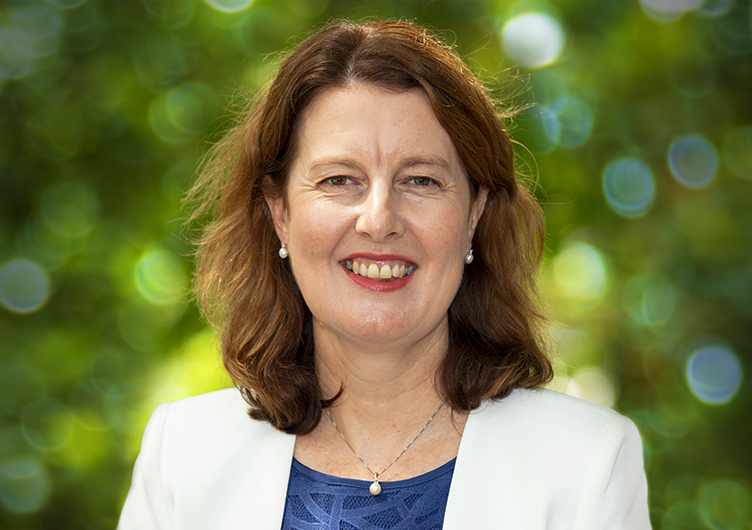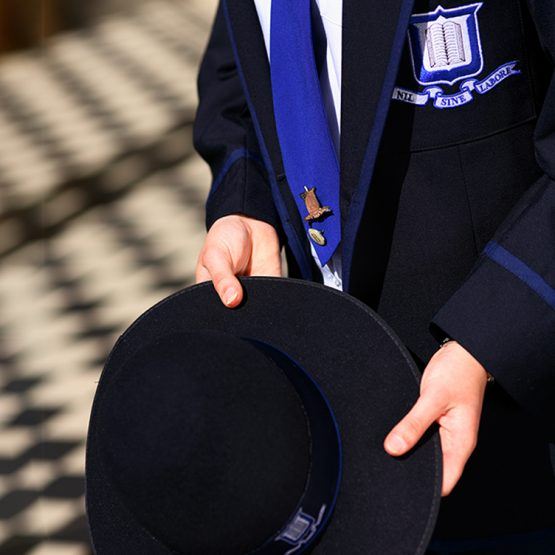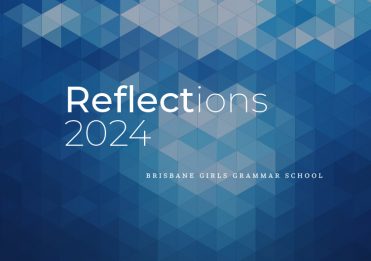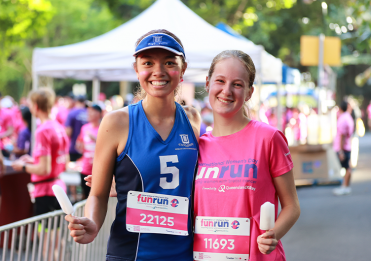Currently, the School grounds are eerily empty at a time when they are usually bustling with energy. Schools are places of ‘doing’ where there is much action, and engagement with learning and others. While this ‘doing’ still occurs effectively during remote learning, Australian students believe that they learn communication and collaboration skills best in person (McCrindle, 2021). I am very much looking forward to meeting the Girls Grammar students on the School campus soon, to continue the connection that has been established remotely.
As a new member of staff, one of the first impressions I have gained at BGGS is the student-centred approach to enabling young people to be actively involved in the opportunities available at the School and consequently flourish. I have witnessed this already—prior to the commencement of school—during online Student Representative Council meetings, and the Year 7 and New Student Years 8 to 11 Online Orientation Program.
Throughout my teaching career, my most memorable moments in schools are connected to examples where students have been inspired to voice their views and make a difference. Student ‘voice’ is not about public speaking, or the attention gained by being the loudest or most popular. I have had the privilege to work with numerous students who have voiced their views about things that matter, offered ways to navigate the conversation, and explored solutions.
Student voices develop over time, and don’t have to be spoken on the largest of stages. Having a voice is about recognising a gap or concern and having something meaningful to say about making a difference. These moments are powerful because they can shift culture and build relationships. It could be as simple as students ensuring that all girls in their class are included in peer activities, or on a larger scale, developing whole school understanding about a justice issue or a wellbeing initiative.
Significantly, student voices are most impactful through collaboration, not in isolation—working alongside others to make a difference. Often through a collaborative approach, it is soon realised that the ‘voice’ is just the beginning. It is more about students having the agency to make decisions that impact their personal experience and that of others in a positive way.
It is exciting to facilitate a student-led initiative, and see students reflect, set goals, make decisions, and action the strategies together. Whether it is in the classroom or beyond, it is fulfilling to see students develop ownership of an issue and be engaged in the development of an idea.
Roger Holdsworth, an Honorary Associate of the Youth Research Centre at The University of Melbourne, suggests that the schools that best foster student voice and agency don’t have a ‘program’. Instead, these schools are ones that ‘are trying things out in partnership with students, and reflecting on these actions, and continually learning’ (2020).
The broad education goals outlined by the OECD in the Learning Compass 2030 framework focus on student engagement and contribution—the ability and will to positively influence their own lives and the lives of others. At BGGS, this could mean students asking themselves, ‘What is the good and right thing to do?’, ‘How can I contribute at my school?’ or ‘What is my legacy?’.
Dr Daniel Nour—recently awarded Young Australian of the Year—saw a need to provide medical assistance to the homeless. His voice is an inspiration for young people, and his actions demonstrate that making a positive difference to the lives of others is possible.
I look forward to connecting with students at Girls Grammar, hearing their voice, and seeing their actions lead to a positive impact on themselves and others.
Ms Melinda Egan
Dean of Students





